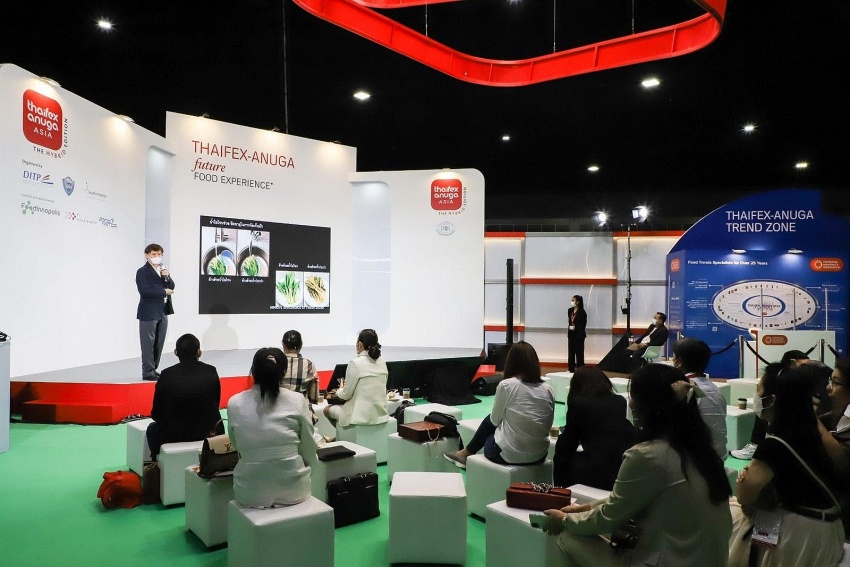Thaifex calls for zero food waste
 |
According to the Scholars of Sustenance, a Thailand-based international food rescue foundation, about 33 per cent of food produced goes to landfills daily and releases methane, a greenhouse gas that is at least 28 times more potent than carbon dioxide, while one billion people still go to bed hungry.
But in fact, there is enough produced food for 10 billion people, for a total world population of 7.9 billion. Methane pollution from food waste is 25x more harmful than CO2 emissions.
In Thailand, 64 per cent of general waste is organic waste including food waste, while the total population is 69.63 million people, 6.5 million people are undernourished, and 8.4 per cent of them are living under the poverty line.
At the Thaifex-Anuga Asia 2022 from May 24 to 28, Tanaporn Oi-Isaranukul from Scholars of Sustenance highlighted the food recovery hierarchy, which includes source reduction, feeding hungry people, feeding animals, industrial uses such as fuel conversion and energy recovery, composting, and landfill and incineration as last a resort for disposal.
Thereby, the programme of Scholars of Sustenance in Thailand from 2017 to 2022 has enabled 3,979 tonnes of food to be rescued and donated, a CO2 reduction of 7,794 tonnes equivalent, 16.7 million meals served, and support for 1,002 communities.
“We send trucks to rescue surplus foods from various food industries such as hotels, retailers, suppliers, and manufacturers seven days a week with a cold-chain logistic system. After inspecting it for safety, we donate it to orphanages, shelters, and low-income communities,” Tanaporn said.
The food safety and logistic management system includes logistic experts with more than 300 food donors and up to six routes daily, using mobile applications and data logging to validate the performance and keep track of impacts.
Moreover, a food bank is a place whereby stocks of food, typically basic provision and nonperishable items, are supplied free of charge to people in need. The food bank served the community through the food collection from donors and food distribution to communities in need whereby such operations are often run by non-profit organisations.
What the stars mean:
★ Poor ★ ★ Promising ★★★ Good ★★★★ Very good ★★★★★ Exceptional
Related Contents
Latest News
More News
- TCP Group partner with VNUS to launch water conservation project (December 25, 2025 | 14:00)
- Heavy industries set for pilot greenhouse gas quotas (December 25, 2025 | 10:00)
- Swedfund invests in MSME growth and climate action in Vietnam (December 19, 2025 | 11:42)
- GreenYellow brings solar energy to light up remote schools in Tuyen Quang province (December 19, 2025 | 08:00)
- Charge+, Grab partner to develop EV charging network in Vietnam (December 18, 2025 | 17:11)
- Linking sci-tech and innovation to Vietnam’s net-zero future (December 18, 2025 | 14:31)
- Driving double-digit growth through green and circular transformation in Vietnam (December 17, 2025 | 09:00)
- Standard Chartered and ACCA deepen collaboration to develop Vietnam’s talent for a sustainable future (December 15, 2025 | 18:18)
- Schaeffler reports strong early output from Dong Nai solar project (December 12, 2025 | 15:16)
- Forestry conference highlights biodiversity and sustainability goals (December 09, 2025 | 13:35)

 Tag:
Tag:
























 Mobile Version
Mobile Version